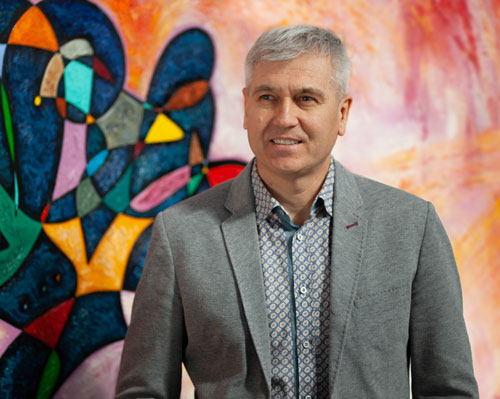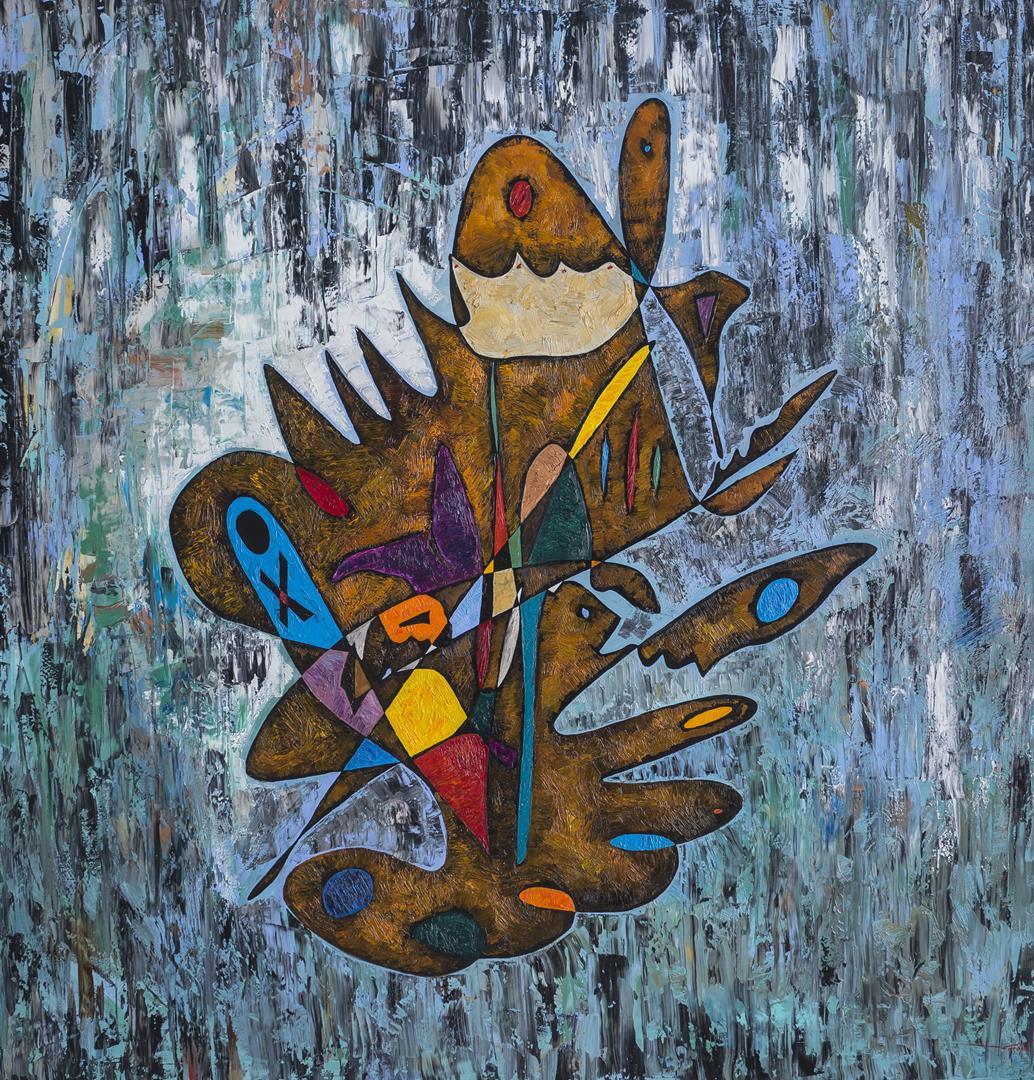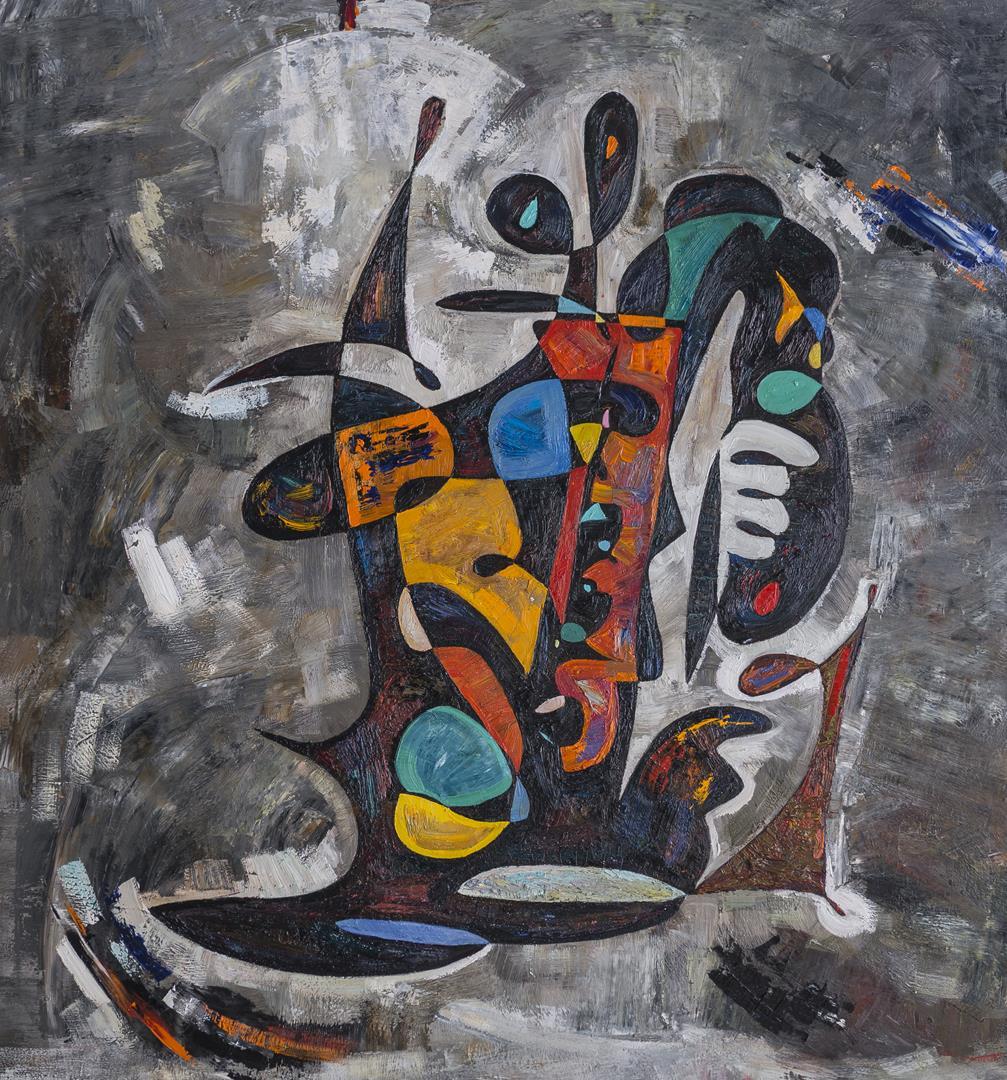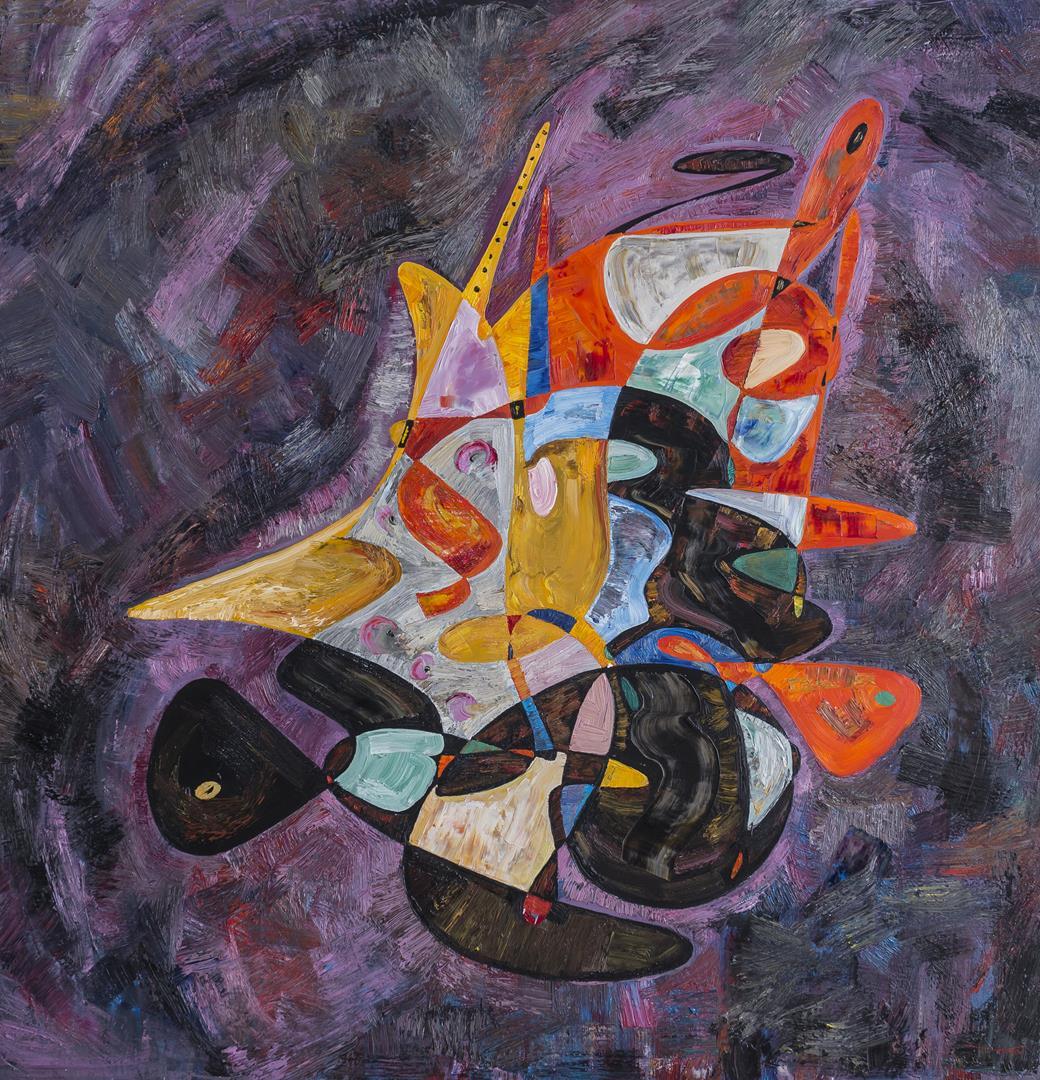- Art for social change - interview with Gheorghe Virtosu
- How art changes the world

- January 16, '20


by Alina Livneva
January 16, '20Art for social change - interview with Gheorghe Virtosu
Where do art and social action converge?One of the significant challenges today is that we often feel unaffected by the problems of others. We are disconnected from global issues like climate change, wars, gender and so on - even when we can easily do something to help. We do not feel strongly enough that we are a part of a global community - togetherness. Giving people access to information most often leaves them feeling overwhelmed, not enabled, and poised for action. However, this felt atmosphere might spur thinking, participation, and even action.
How art changes the world?
As an artist, I have traveled to many countries around the world over the last twenty years. On one day, I may stand before an audience of international leaders or exchange ideas with a foreign minister one day and explore the setting up of an art exhibition with local artists the next day. As an artist, I get in contact with an abundance of outlooks on the world, thus introducing me into a variety of genuinely differing perceptions, felt thoughts, and knowledge. Being able to get involved in these local and international exchanges has profoundly affected the artworks that I create, forcing me to make art that I hope touches people everywhere.

What is the connection between art and change?
The majority of us understand the feeling of being moved by a work of art, whether it is a song, a play, a poem, a book, a painting, or a Spatio-temporal experiment. If we are touched, we are moved; we are transported to some other location that is, nevertheless, firmly rooted in a tangible experience, in our bodies. We know a feeling that might not be unknown to us but that we did not actively concentrate on before. This transformative experience is precisely what art is continually seeking. Using this method, artwork can mitigate the numbing effect made by the glut of information we are confronted with today, and inspire people to turn thinking into actually doing.

Can art change society?
Engaging with art is not merely a hermit event. The culture and arts represent one of the few places in our society in which people can come together to share an adventure even if they view the world in radically different ways. The main thing is not that we agree about the experience we discuss, but that we believe it worthwhile sharing an experience in any respect. In art and many other forms of cultural expression, disagreement is embraced and accepted as an essential ingredient. In this sense, the community-generated by culture and arts is potentially a terrific source of inspiration for both politicians and activists who work to surpass the polarising populism and stigmatization of different people, positions, and worldviews that are unfortunately so endemic in public discourse today.

How art leads to change?
Art motivates us to treasure instinct, doubt, and imagination and also to search continuously for new ideas; artists aim to violate rules and find unorthodox methods of approaching contemporary problems. By way of example, we are now making a temporary studio on the Canary Islands to draw attention to the millions of migrants attempting to enter Europe right now and to make a point of contact, which takes us outside a us-and-them mindset into a broader idea of what constitutes togetherness.

The experience with art -- and with others over artwork -- will help us identify together, expand our notions of togetherness, and show us that individual engagement in the world has real consequences. That is why I hope that in the long run, the public or the viewer will be encouraged to participate in discussions of social, political, and environmental issues even more than it is now and that artists will be included when leaders at all levels, from the local to the international, consider solutions to the challenges which confront us in the world today.

